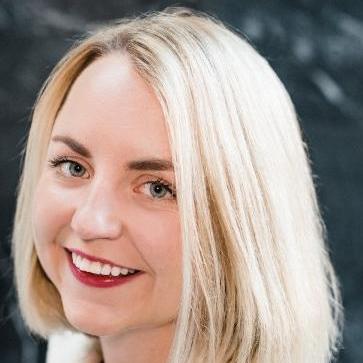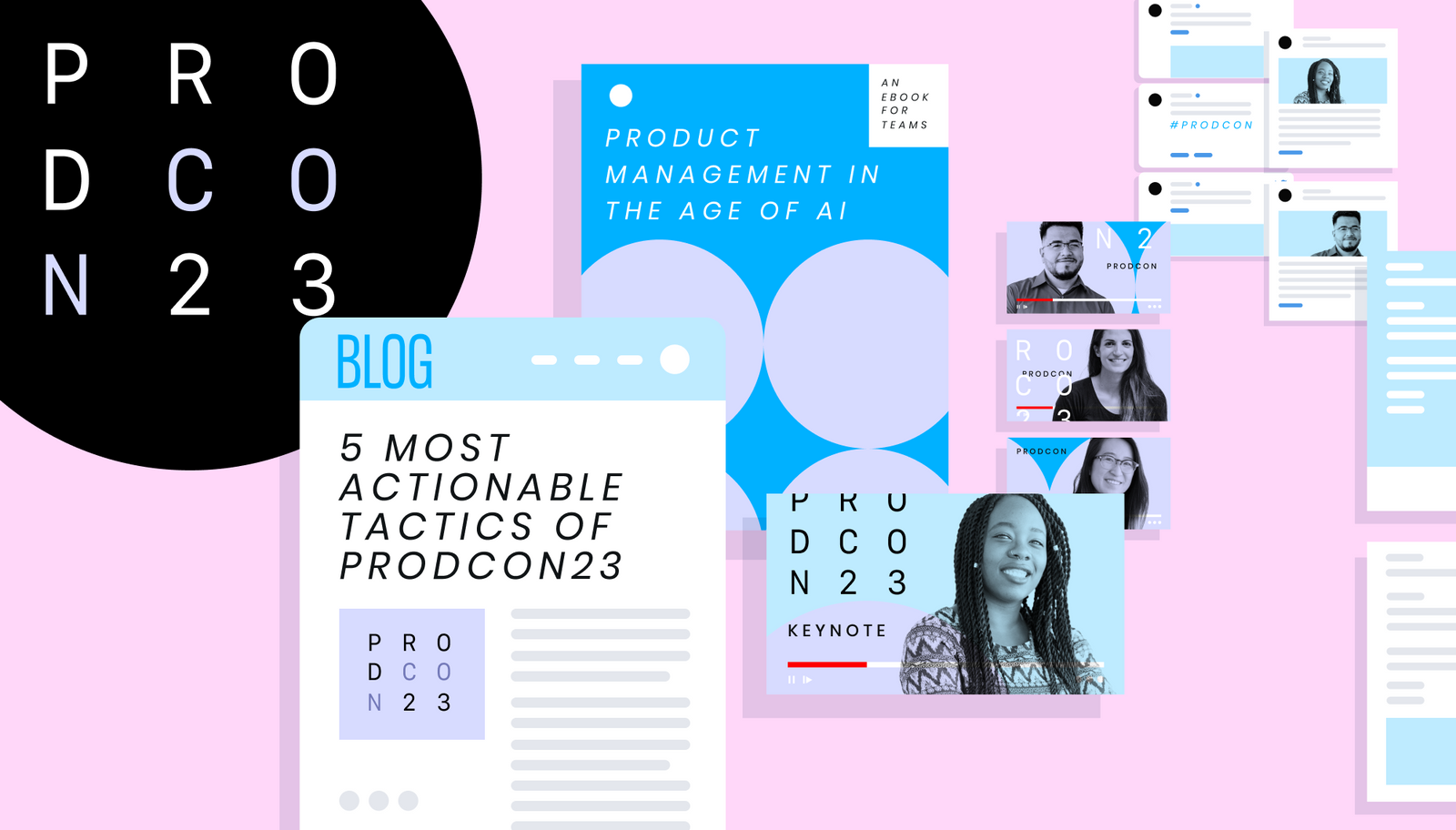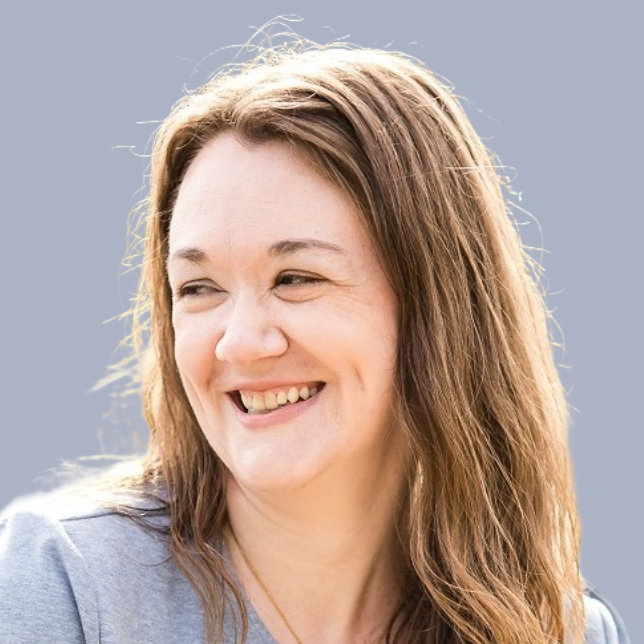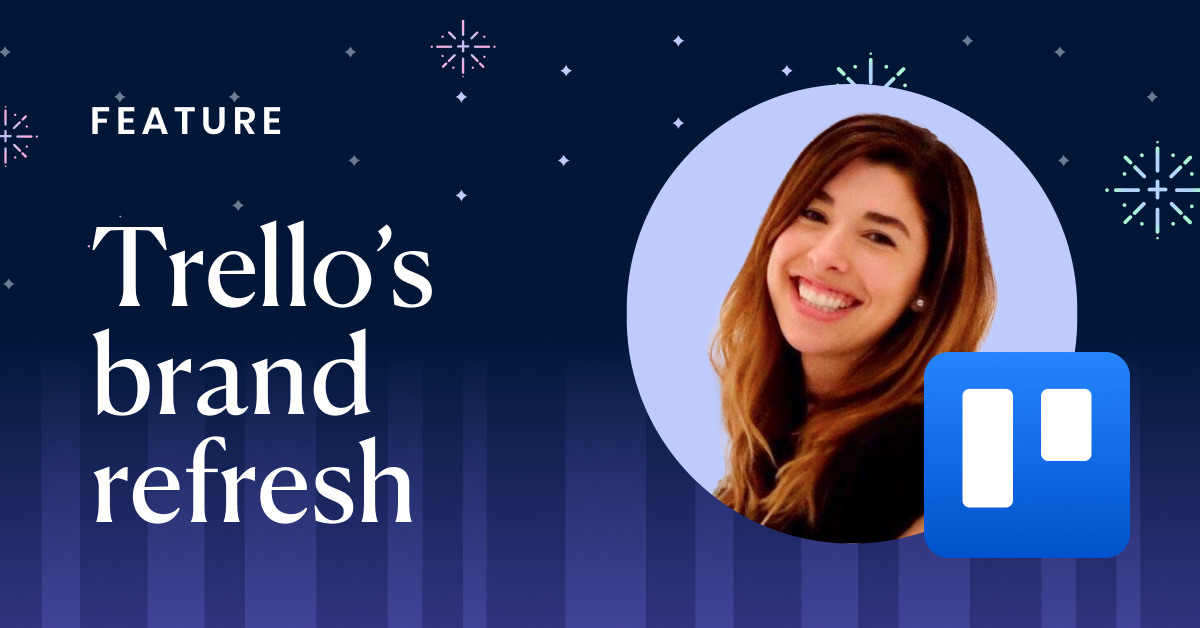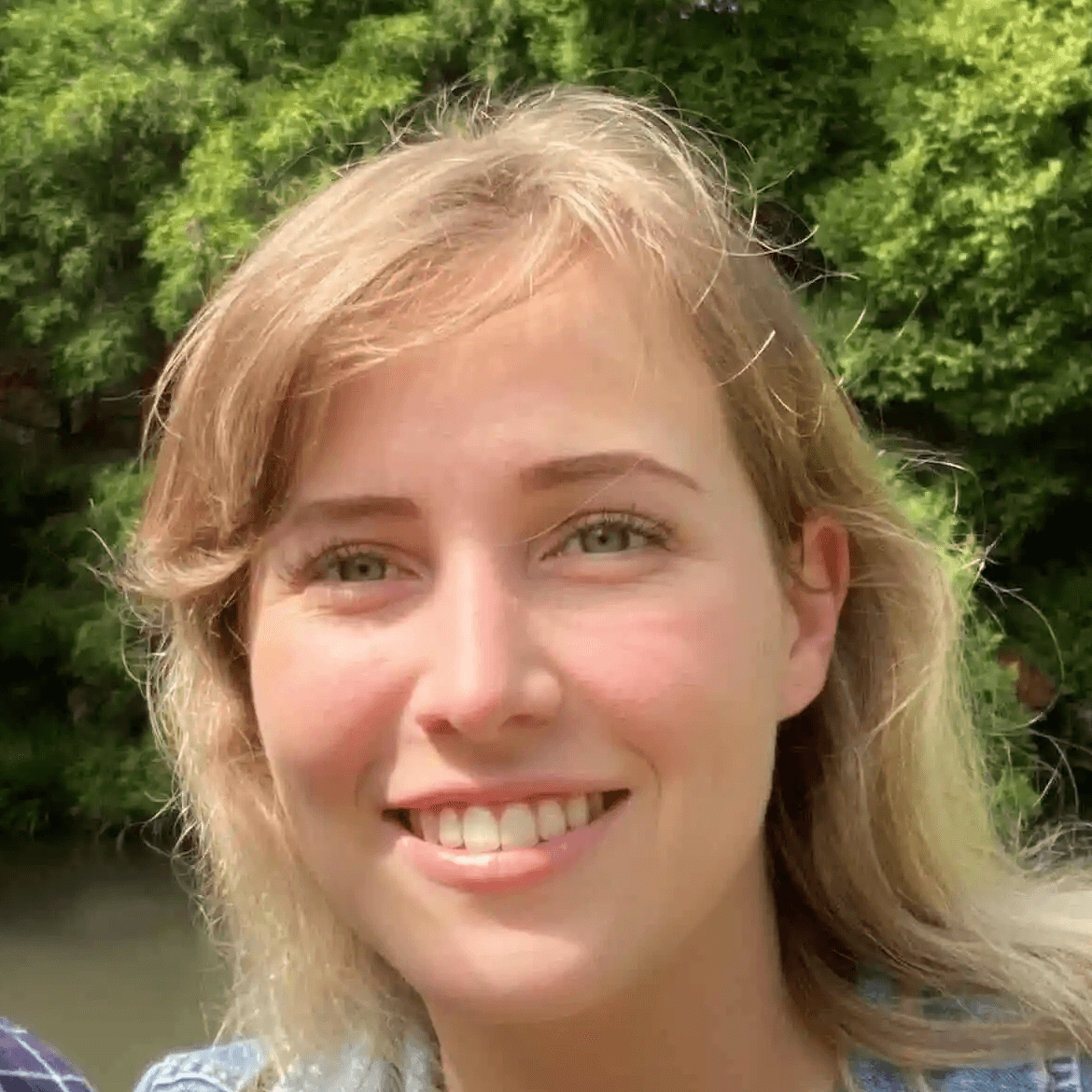Words at work
– 9 min read
Boost your content team’s productivity with better meetings — lessons from Shift

Most meetings are a necessary evil, and most days contain so many meetings that there’s hardly any time to get actual work done.
But without meetings, it’s harder to achieve the alignment and consensus that enable effective collaboration and drive greater productivity. It really is a bit of a catch-22.
A lot of organizations try to solve the dilemma by micromanaging the tactical elements of the meetings themselves — things like meeting length, structure, format, and protocols. While attention to these details definitely helps, it doesn’t get to the root of the problem.
If you’re trying to develop a more productive approach to managing meetings — for your content team or any other team — you’ll get the best results if you combine in-the-trenches tactics with a big-picture, high-level meeting strategy.
At Shift, we spend a lot of time thinking about productivity. After all, it’s at the core of our company’s mission. But we don’t limit our pursuit of productivity to the energy we put into designing and developing the Shift workstation. We also make sure we walk the walk in the way we manage our day-to-day business.
For our teams, this involves three things:
- A regular routine of bi-weekly strategy sessions
- A strong focus on cross-functional collaboration
- A consistent application of meeting-level best practices
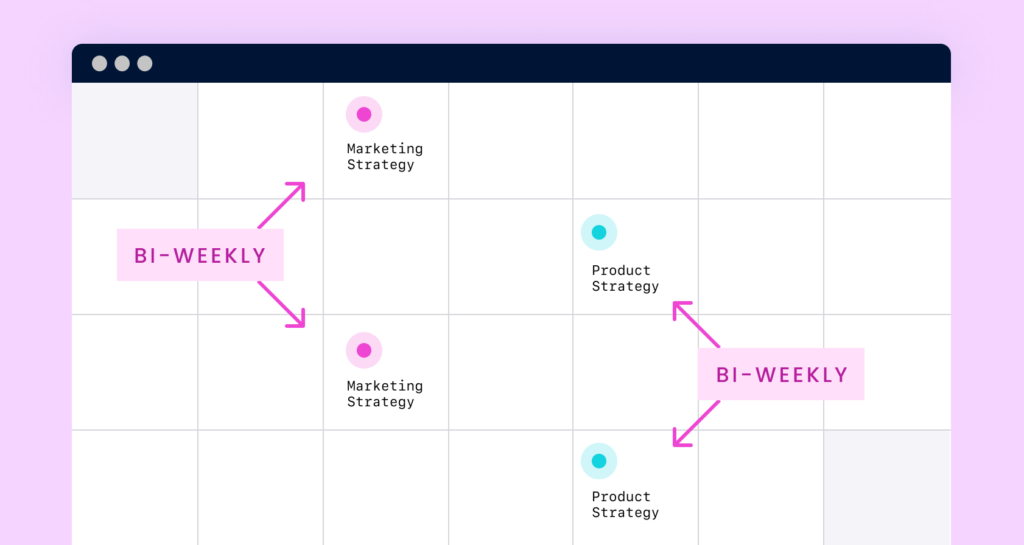
Secret weapon #1: Bi-weekly strategic planning
Annual and quarterly planning are both a key part of developing a strong content strategy. But they aren’t enough to make sure you’re able to both maintain momentum and identify new opportunities as they arise.
The reality is that things change fast. A lot can change over the course of a quarter, and the world can look very different at the end of a year — especially in the world of content. Teams that rely entirely on quarterly planning will likely fall behind or even miss the mark completely.
Platforms, customer needs, and even your internal focus can evolve quickly in response to the market and other influencing factors. At Shift, this is why each of our core teams — marketing, customer success, and development — have bi-weekly strategy sessions. These sessions are a forum in which we can step back from the day-to-day tasks to consider big questions about why we’re doing what we’re doing, our goals, the latest cool trends, and how it all comes together to move us forward on our mission.
By meeting every two weeks on a strategic level, our teams can identify trends, get them in front of stakeholders, and recalibrate as needed. This approach helps keep us ahead of the curve on every front.
STRATEGY SESSIONS OVERVIEW
Framework
- Bi-weekly
- Held by multiple departments (marketing, customer success, and development)
- Include everyone from the executive level to the new intern
- Open and open-ended discussion: “a brainstorm with a purpose”
- Wide-ranging topics that anyone on the team can suggest
Objectives
- Encourage people to share their creative ideas
- Provide a regularly scheduled forum in which everyone is empowered to speak up
- Explore ideas by asking key questions to determine barriers to entry, what success looks like, key milestones, and the actual opportunity
Benefits
- Keeps things fresh and fun
- Gives the team a chance to go deep down the rabbit hole on the chosen topic
- Facilitates team building
- Provides a check-in on trends and emerging technologies
- Helps team members orient their work within the bigger picture of what’s happening in the world, the industry, and the market
While these strategy sessions can cover any topic that might come up (from what opportunities we might have on TikTok to how our use of cookies is evolving), the fact that they’re designed as a deep dive guarantees that we’re engaging in the purposeful exploration of an idea rather than random conversation.
These sessions are meant to be fun and inspiring, but they’re also one of the key ways we identify what’s next for our teams.
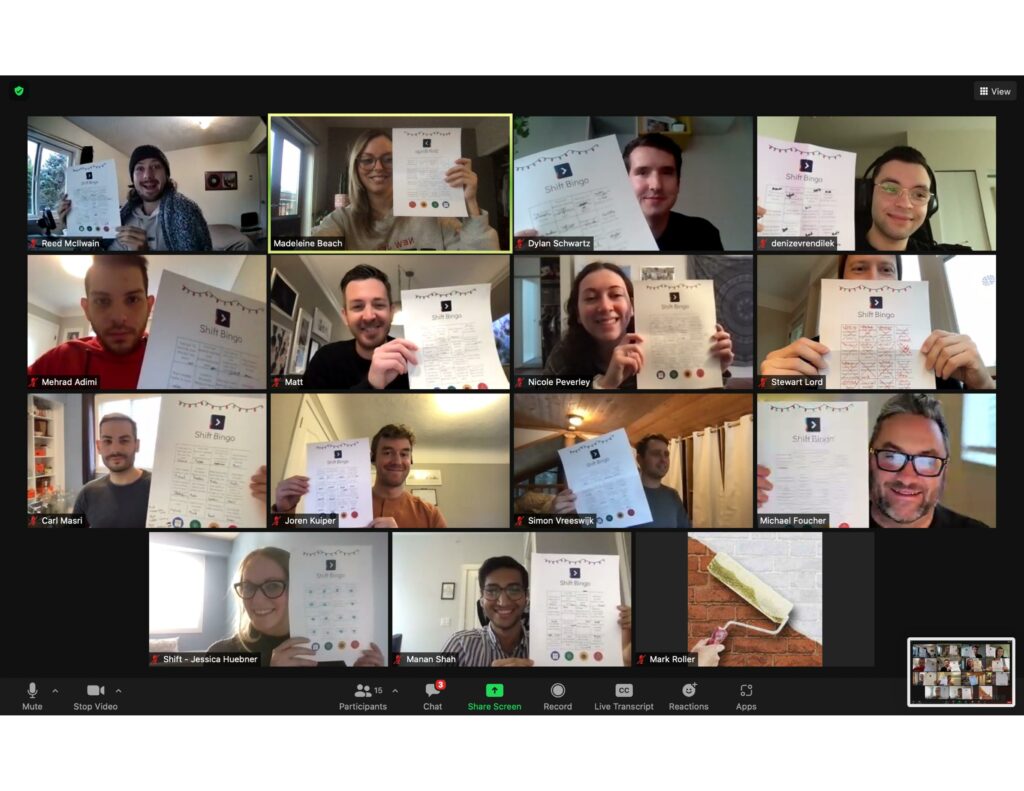
Secret weapon #2: Cross-functional collaboration and knowledge sharing
An important element of these bi-weekly strategy sessions is that they’re held not just by the marketing department, but by multiple teams in different functional areas — including customer success and development. This helps facilitate ongoing “purposeful brainstorming” with a variety of teams, and it creates an opportunity for crossover conversations that promote consistency across the organization.
The strategy sessions provide a kind of leveling that helps get everyone on the same page and calibrating in unison to the higher-level purpose of the organization. Ideas introduced in these sessions spark conversations not only in later strategy sessions, but in other meetings throughout the company.
When an idea graduates from being an exploratory conversation to something we’re going to pursue, we then create a “Build Doc” that lives in Google Docs as a centralized point of collaboration for everyone involved. This action plan includes the idea objective, goals, milestones, and other key pieces of information needed to move the project forward with the relevant teams.
A big part of driving productivity is enabling and encouraging good communication. It’s so important to have open lines of communication and a space where everyone feels like they can initiate lively and creative conversations with peers and other stakeholders.
The strategy sessions support this by giving everyone a place to share the thoughts and ideas they’re passionate about, and then facilitating the ongoing collaborative conversations needed to take things to the next level.
Secret weapon #3: In-the-trenches best practices
In addition to our big-picture strategy sessions, we also improve productivity by being thoughtful about how we handle meetings on a tactical level.
To begin with, our standard M.O. is to question every meeting before we book it. Why are we having the meeting? What’s its actual purpose? Who really needs to be there? That practice alone can make a big difference in any team’s productivity.
A FEW OTHER GUIDELINES AND BEST PRACTICES WE FOLLOW:
Establish a no-meeting zone. This has been a game changer, and something that’s been really well received by our entire team. Wednesday is our no-meeting zone, and we call it “Deep-work Wednesday.” It’s a chance for everyone to mute distractions and get into focus mode.
We chose Wednesday because Mondays tend to have a chaotic, catching-up feeling. Tuesdays tend to be when everyone starts hitting their stride. And then Wednesdays are the perfect time to dive deep into the week’s primary tasks.
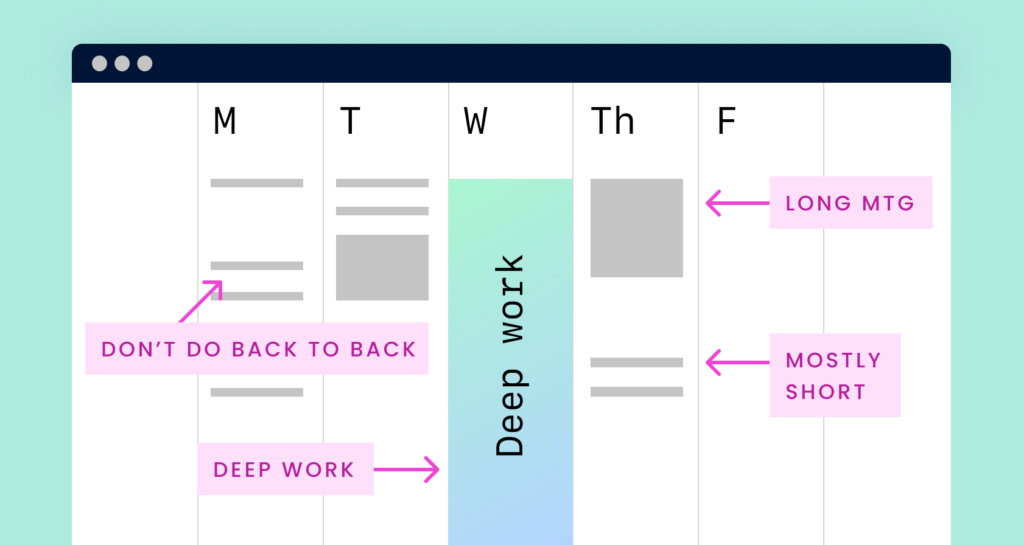
Create a safe space. Productivity depends on being able to access each person’s unique insights and genius, which you cannot do if some team members are holding back because they lack confidence. Create an atmosphere that allows everyone to participate fully.
Handle hybrid situations with intention and grace. Our team includes both on-site and remote folks, so one of the most important things we do is make all meetings hybrid-friendly.
This means every meeting is just as accessible and fun for a remote person as it is for people sitting around the table in the conference room. For instance, we avoid scenarios where the remote person is a giant head on a giant screen. We often break groups up into multiple rooms, or have everyone — even people who are in the room — log into Zoom.
Consider the benefits of longer meetings. A lot of meeting productivity advice focuses on how to make meetings shorter and shorter, but that’s not always the best approach. Certain kinds of meetings need breathing room. Conversations around strategies and creative topics, for example, can take a while to hit their stride. You don’t want to cut things off just as the team starts to make headway.
Embrace the between-meeting buffer. Avoid the back-to-back-to-back meeting schedule that’s so common. In addition to giving everyone the chance to stretch, grab another cup of coffee, or whatever, scheduling a little time between meetings helps people stay focused.
In the end, better meetings are all about having a plan and finding balance
We design our meetings to engage everyone in active, ongoing conversations about a wide variety of strategic-level topics, and then segue seamlessly into tactical work on collaborative action items. Our bi-weekly strategy sessions give people a regular forum in which to openly share and discuss ideas, trends, and innovations. And our rules of meeting engagement make it so each meeting is both necessary and productive.
As a team that’s equally focused on both creativity and productivity, we aim to strike a balance between the two. Even as we scale, we make space for the magic that happens when people know their ideas will be heard. At the same time, we stay focused and committed to the best practices that keep our team on task and on schedule.
There’s a power in creative constraints that you can apply to meeting strategy just like you’d apply it to solving a design or engineering challenge. It’s easy, for instance, to let ad hoc brainstorming sessions devolve into meandering discussions that lead nowhere. But making time for regular strategy sessions and structuring those conversations around a framework of specific questions — What is the opportunity? What are the barriers? What are the next steps? — makes it easier to move the conversation forward in an effective and productive way.
Getting the most out of your meetings requires both flexibility and structure. And, most importantly, it requires an intentional approach that covers both the high-level strategic elements and the brass-tack details.
Speaking of streamlining your workday, you can download Shift for free and manage everything in one beautiful place.
